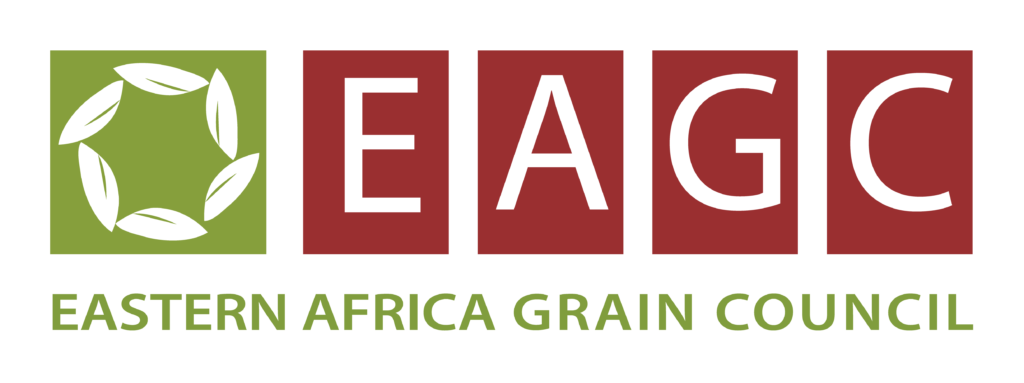EAGC held a partnership discussion meeting with the Warehouse Receipt System Council (WRSC), held at the EAGC Regional office.
One of the key issues discussed during the meeting was the renewal of the EAGC-WRSC agreement, in which EAGC has been annually leasing an electronic warehouse management system to the Council on a contractual basis in an effort to develop the WRSC’s ICT system for issuance and management of electronic warehouse receipts. WRSC expressed interest to renew the current lease.
The partnership further discussed the role of capacity building of the WRSC staff to improve efficiency in the Council’s operations. EAGC through the Grain Business Institute, will offer tailor made courses on warehouse operations to WRSC staff for improving operational efficiency
WRSC also expressed interest in considering the use of EAGC’s G-Soko trading platform as their trading platform of choice for the Warehouse Receipt System. One of the key roles of the WRSC is to register warehouse operators in the country and consequently inspect and certify the warehouses to allow farmers to deposit grains in the them. Upon depositing grains, WRSC issues the farmers a Warehouse receipt that famers use as a tool of trade. While the Council has been running this process smoothly, the WRSC noted that there is no existing avenue through which farmers can trade the warehouse receipt. Initially, the Council had anticipated that the warehouse receipt would be traded through the Kenya National Multi Commodities Exchange (Komex) which ought to have begun the trade process in mid 2021. The Council therefore proposed to utilize the G-Soko trade platform to trade the warehouse receipt. In this regard, WRSC invited EAGC to make a presentation to the WRSC Board to prove a business case of trading the Warehouse receipt using G-Soko.
In their presentation, EAGC offered to integrate the G-Soko trading platform with the WRSC certified warehouse. In the integration, farmers can use the WR as a collateral to purchase inputs from service providers or can use it to receive credit facilities from the bank. Alternatively, farmers can sell the commodities stored in the warehouse through transfer of the WR to receive sale proceeds. In the integration, WR can be nominated to be floated for trade through the G-Soko trade catalogue.
G Soko’s clearing and settlement feature can be integrated with WRS to receive the warehouse storage fees where payment is channeled through a G Soko account.
The integration of the two systems is a work in progress and the Councils are both working on engagements to onboard EAGC as a service provider where G- Soko will be utilized to trade the WR.

